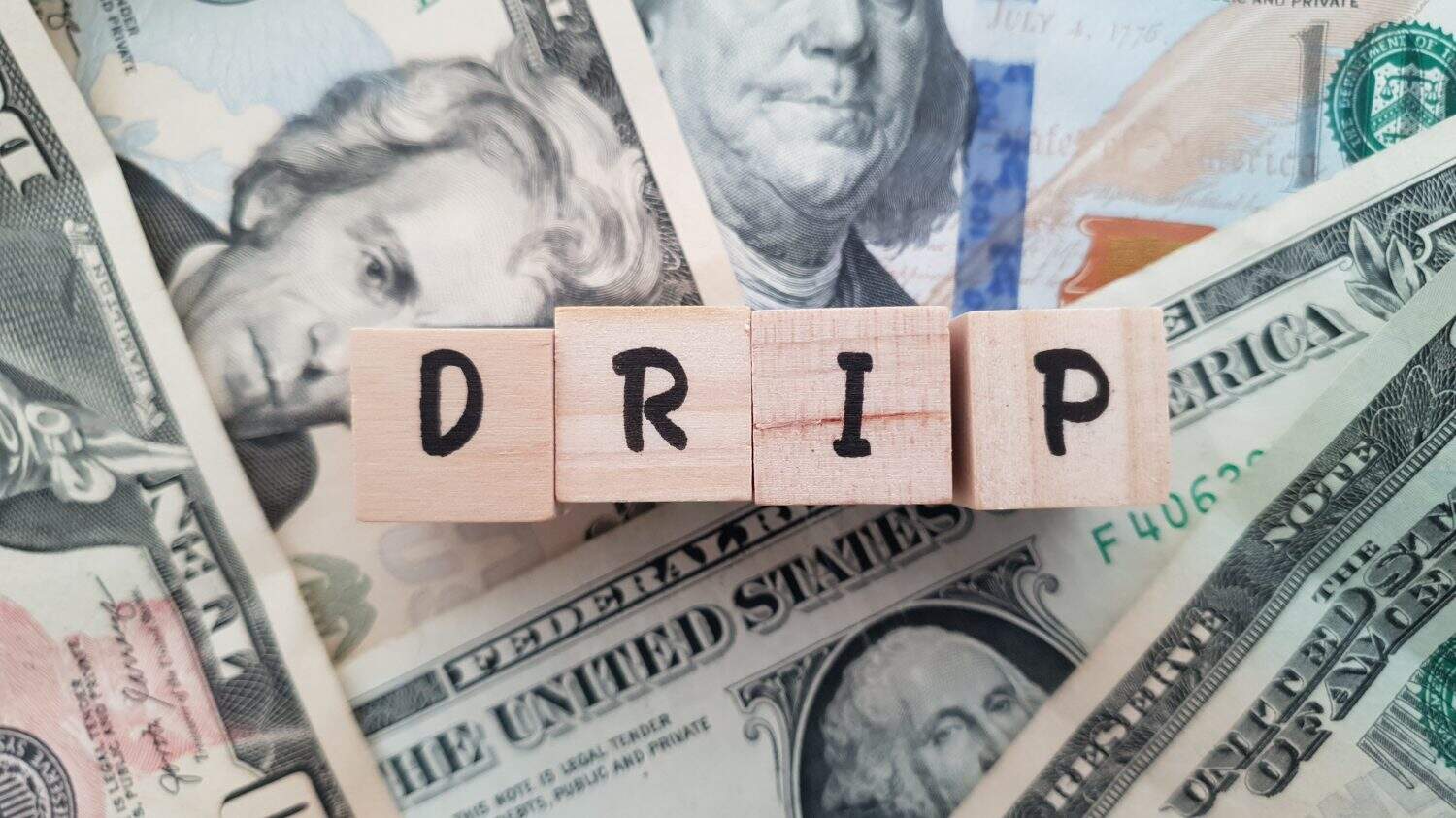
"Dividend reinvestment is a fantastic way to unlock the power to be had in compounding. Indeed, it's tempting to want to spend some of the dividends and distributions coming in. However, those focused on growth shouldn't seek to spend a penny of dividends if they can help it. Indeed, why take a bit of momentum out of a freight train that's already on track and going at full speed?"
"Keeping things simple with growth plays can make sense for most. However, it's the higher-yielders that tend to exhibit far less in the way of volatility, especially if we're talking about the names that tend to sport yields well above 4% by design. Of course, more income paid out means less capital to be invested towards growth."
"And with distributions being paid out, it's going to be the investors who will have to pay the tax bill. Add the added costs of implementing a DRIP into the equation, and it seems like a no-dividend growth strategy makes more sense than DRIP with high-income plays, especially those dividend stocks that are more volatile than the market."
Dividend reinvestment (DRIP) amplifies compounding by automatically buying more shares with payouts, accelerating portfolio growth over time. DRIP users must account for taxes on distributions and possible fees for reinvestment, which can erode net returns. Growth-oriented investors may prefer stocks with little or no dividend to keep capital invested and avoid tax drag. High-yield stocks often deliver lower volatility—particularly those with yields above 4%—but paying income reduces capital available for long-term growth. Implementing DRIP with high-income or volatile dividend stocks can underperform a no-dividend growth approach once tax liabilities and DRIP costs are considered.
Read at 24/7 Wall St.
Unable to calculate read time
Collection
[
|
...
]